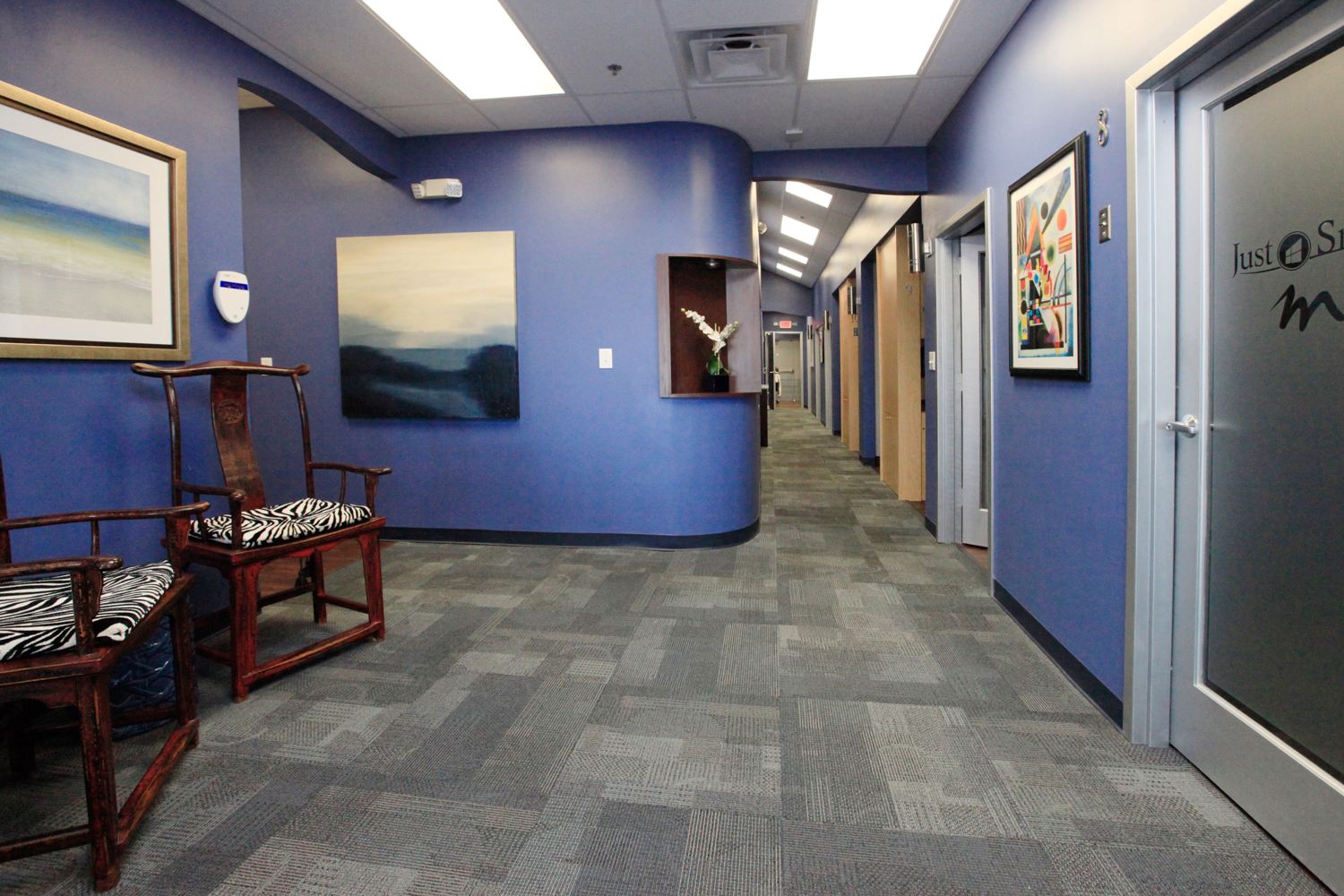Sleep Apnea Symptoms and Risk Factors: Is Your Infant in Danger?
Sleep Apnea in Infants: Everything You Need to Know
July 20, 2016Sleep Apnea: The Diagnosis and Treatment Options for Infant Sleep Apnea
August 3, 2016Sleep apnea in infants can be both terrifying and dangerous yet many parents miss the signs that their infant is

Hilliard Cosmetic dentist Mark Levy, D.D.S. specializes in a wide range of cosmetic dentistry techniques. At his practice, located in Hilliard, near Columbus, Ohio, Dr. Levy provides an array of cosmetic dentistry procedures, such as Americas-best-dentist porcelain veneers, headache therapy, sleep apnea, dental implants and more.
Mark Levy DDS
1925 Hilliard Rome Rd
Hilliard, OH 43026
https://marklevydds.com
suffering from sleep apnea. Research has been showing that sleep apnea in infants is severely undiagnosed. While advances in technology provide premature babies a better chance of survival outside the womb, there’s a chance that your infant’s underdeveloped respiratory system may not be functioning as well as it should.
Being a new parent can be stressful enough without the added fear that your infant may not be breathing correctly as they sleep. We’ve compiled a list of symptoms and risk factors of infant sleep apnea for you to evaluate. If you feel like your child may have sleep apnea, be sure to speak with their pediatrician right away to ensure that they begin treatment sooner rather than later.
Risk Factors for Infant Sleep Apnea
Infants that are most at risk of developing sleep apnea are those who are born prematurely. While babies born at a younger gestational age are at a greater risk, sleep apnea can present itself in full term babies as well.
Extremely small babies weighing less than 2.2 pounds at birth have an 84% chance of developing infant sleep apnea within the first month post-birth. For premature babies who weigh less than 5.5 pounds at birth the risk is lower at 25%. Sleep apnea is likely to present after the first day post-birth but within the first week.
There are two types of sleep apnea that effect infants. The first is central sleep apnea, which occurs when your baby’s body stops breathing efforts. This is typically caused by a premature brainstem often seen in infants born several weeks before reaching full gestation.
The other type of sleep apnea that affects infants is obstructive sleep apnea. This form of sleep apnea is caused when the infant’s airway becomes obstructed due to a collapse of the soft tissues in the back of the mouth and throat due to underdeveloped muscle tone, small airways, or enlarged tonsils and adenoids.
It’s also possible for an infant to suffer from a mixture of both central and obstructive sleep apnea. Due to the very small airways and underdeveloped muscles and brainstem of extremely premature infants they can very easily suffer the effects of sleep apnea due to their brain not communicating with their body, as well as due to obstructions in their airway.
Other risk factors for infant sleep apnea include acid reflux because it inflames tonsils and adenoids making them swell and obstruct the airway, anemia, infection, metabolic disorders, neurological symptoms, a small upper airway, and seizures.
Symptoms of Infant Sleep Apnea
Sleep apnea symptoms in infants are very similar to those in adults. Breaks in breathing lasting 15 seconds or more can be normal and is referred to as periodic breathing. However, if you notice that your infant has breaks in breathing lasting 20 seconds or more then this could be an indication that they have sleep apnea.
Like adults who suffer from sleep apnea, infants who have the sleeping disorder may wake up gasping for air or gagging, usually after a longer break in breathing. Both central and obstructive sleep apneas produce this symptom. Both types of the sleeping disorder can also cause bradycardia, or an extremely slow heartbeat. Possibly the most obvious sign of sleep apnea is when your infant’s forehead, lips, or body begin to turn blue. This is a sign of oxygen deficiency which can be caused by sleep apnea.
Other symptoms that are typically less obvious because they can be attributed to other situations include snoring, loud mouth breathing, waking up frequently, restless sleeping, unusual sleeping positions, recurring sore throat or tonsillitis, asthma, constant ear infections, and excessive tiredness despite getting adequate rest.
If your child is exhibiting signs of sleep apnea it’s important to reach out to your child’s pediatrician and schedule an appointment for an evaluation. There are several treatment options available for infants and children who suffer from sleep apnea and leaving the disorder untreated can cause more severe problems or even death. It’s important to remember that sleep apnea doesn’t always present the same way in all infants. Some may display some symptoms while others display a different set of symptoms. But if you have any doubts at all, it’s always a good idea to speak with your child’s pediatrician.
Remember that many infants have irregular breathing which is a normal part of their development. It usually only becomes a problem if you notice the problem to be reoccurring or severe. Thankfully, most children who have sleep apnea outgrow the disorder as they get older and their lungs, brain, and muscles mature.
